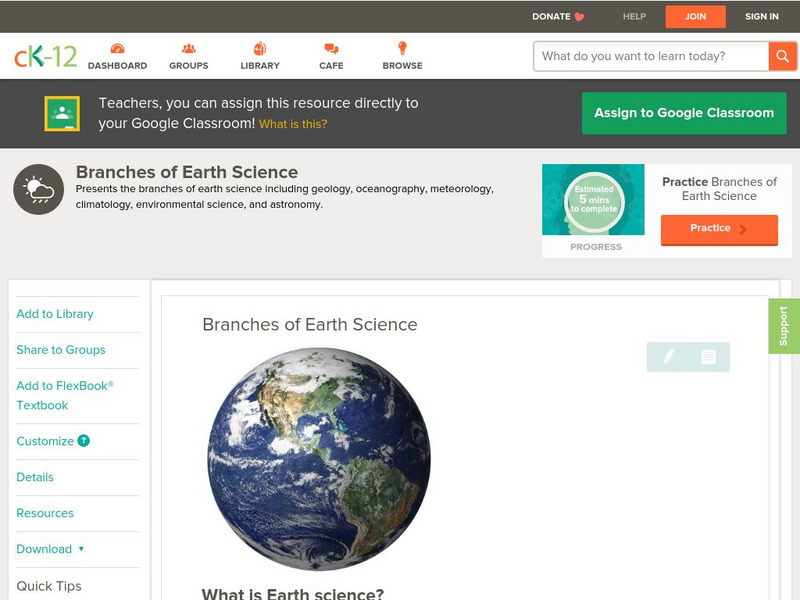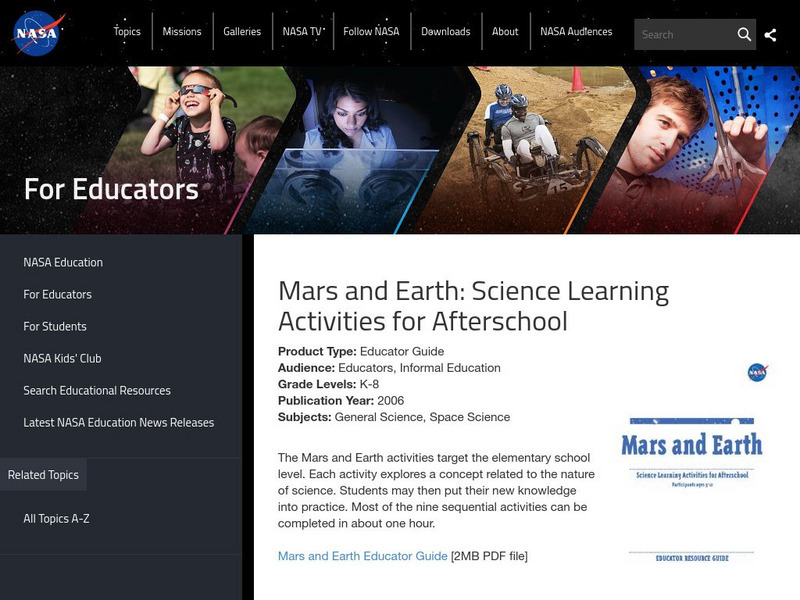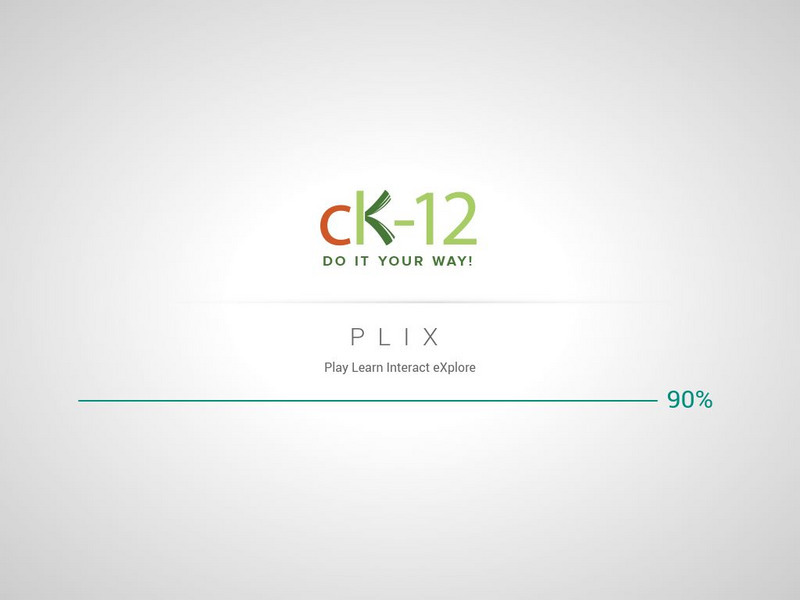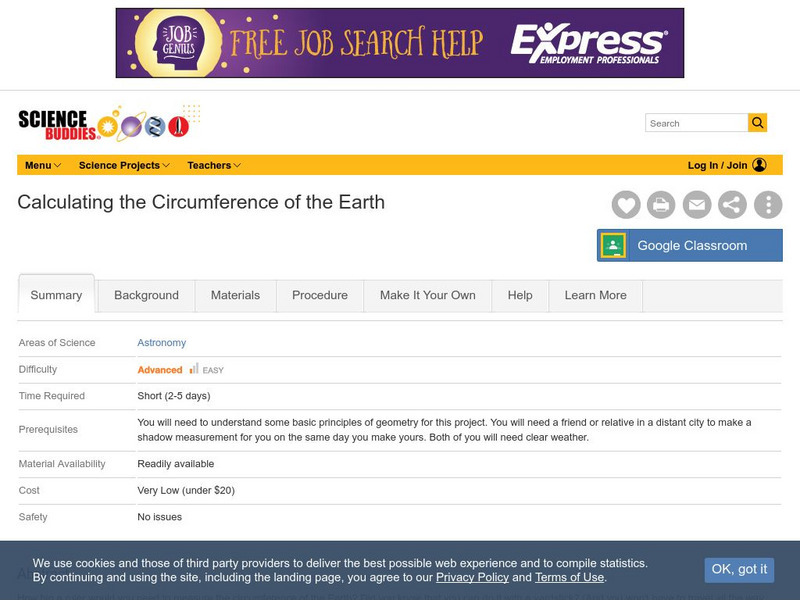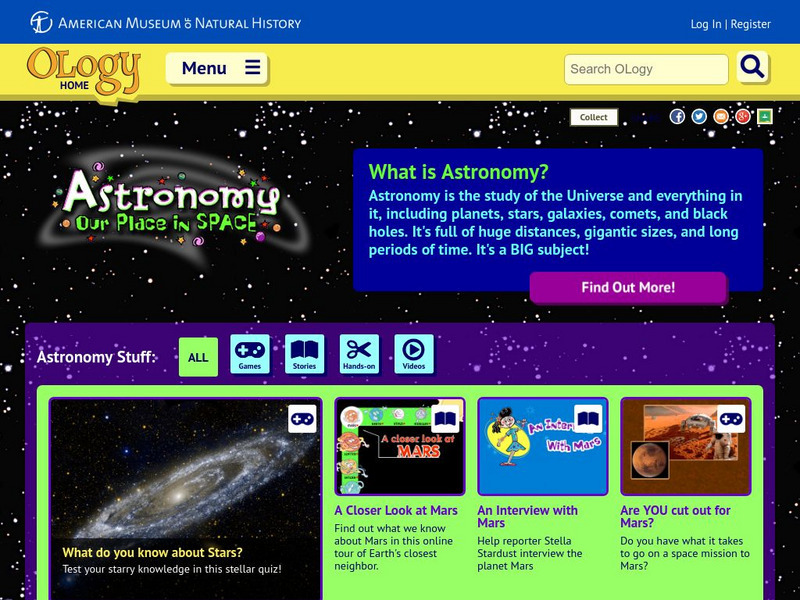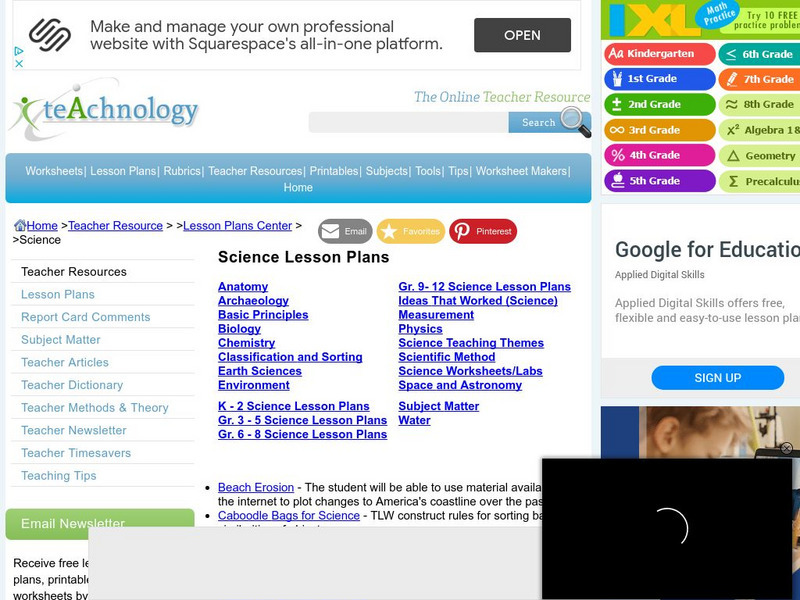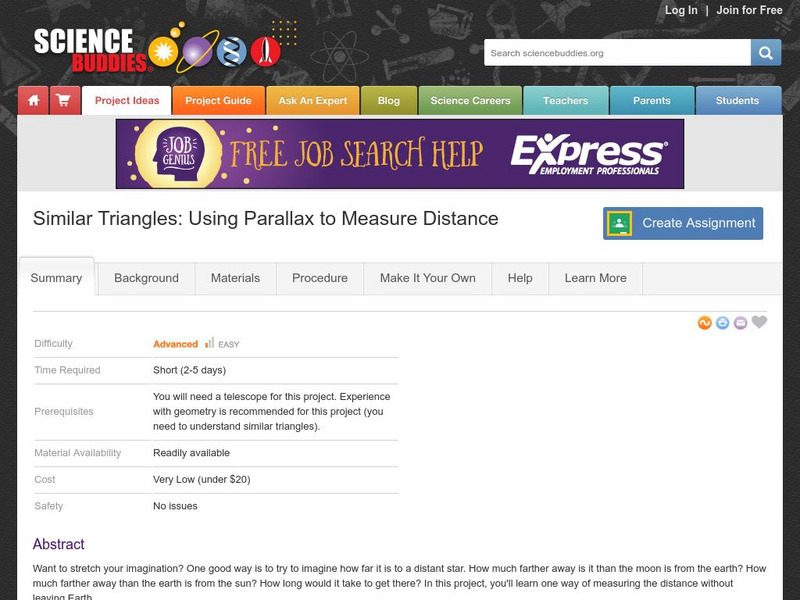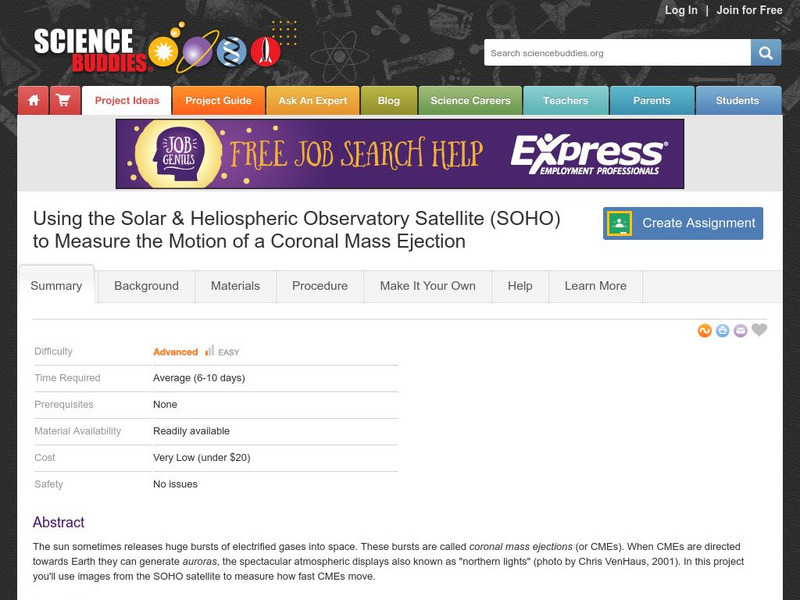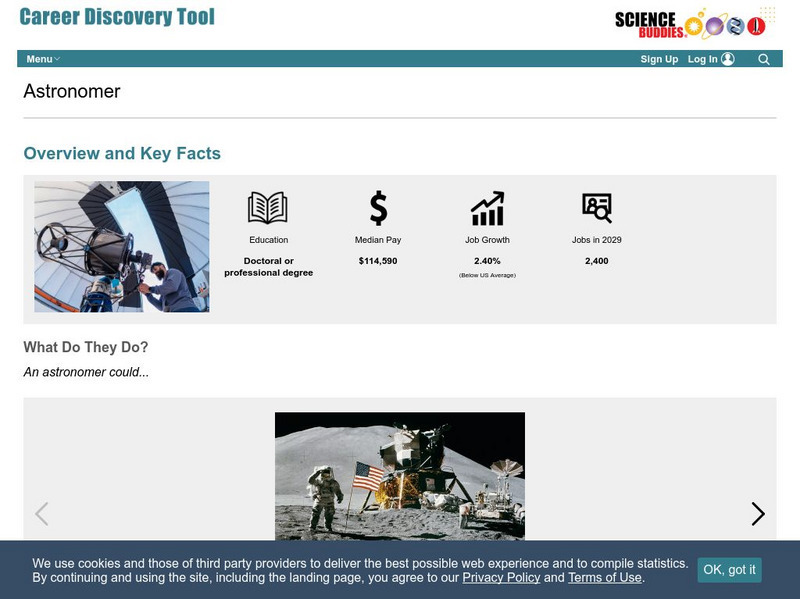Hi, what do you want to do?
Curated OER
Hubble Space Telescope
Learners investigate the universe through the eyes of the Hubble space telescope. They conduct research from looking at the universe that is simulated with a digital projector. The images are projected onto the wall in a simulation of...
Curated OER
Stellar Navigation Curriculum
Students investigate the concept of star mapping and how it is used in space navigation. They conduct various activities to see the effect of mapping. Also the teacher uses models and demonstrations in order to communicate the main...
Curated OER
Accelerated Frames of Reference: Inertial Forces
Students examine how when applying the laws of motion to an object in an accelerating frame, using coordinates defined in such frame, one must always add an "inertial force", representing forces caused by the frame's acceleration.
Curated OER
Star Magnitudes
In this stars activity, students use a chart comparing the absolute and apparent magnitudes for different stars to complete 4 fill in the blank and 2 short answer questions.
Curated OER
The Big Bang Theory
Students will use scientific reasoning to formulate ideas about the formation of the universe using the Big Bang Theory. The use of critical thinking skills is part of the activity and the foundation of the scientific method will serve...
Curated OER
Identify Genre, Subgenre, and Author's Purpose
Explore genre, subgenre, and author's purpose in this helpful worksheet. Middle schoolers read several summaries of books and short stories, and identify the genre and subgenre. They also determine if the author's purpose is to...
Curated OER
Reading Comprehension 6
Set the timer for five minutes (or less), and distribute this resource to your class. There's a very short reading passage followed by a set of three questions. What a great tool in prepping your class for upcoming state testing.
Curated OER
Get the Picture!
Astronomers practice downloading data from a high-energy satellite and translate the data into colored or shaded pixels. As a hands-on activity, they use pennies to simulate high-energy satellite data and they convert their penny...
Curated OER
D'Nile Is Where It's At!
Students travel down the Nile River to survey ancient Egypt in this unit of nine lessons. Data about pharaohs, hieroglyphics, growing crops, pyramids, the geography, and the sacred rituals are explored in this unit.
Curated OER
Sun and Moon Poetry Baskets
Students write Sun and Moon poetry. In this poetry lesson, students research the sun and the moon. They write poetry and create two class baskets for descriptive words about each.
Curated OER
Taking Risks: Drug and Alcohol Abuse
Students discuss a video about drug and alcohol abuse and their connection to risk-taking. They answer questions on a risk factor sheet about the use of tobacco, drugs, and alcohol. They discuss long and short term goals and how not...
CK-12 Foundation
Ck 12: Earth Science: Branches of Earth Science Study Guide
Review the main study areas of Earth Science.
CK-12 Foundation
Ck 12: Earth Science: Branches of Earth Science
[Free Registration/Login may be required to access all resource tools.] Overview of the major branches of Earth Science.
NASA
Nasa: Mars and Earth: Science Learning Activities for Afterschool
This set of activities teaches students about the big picture of science using Mars as an example: how to collect data, use evidence, and look at models.
CK-12 Foundation
Ck 12: Plix: Branches of Earth Science
[Free Registration/Login Required] An interactive concept map that shows how the different branches of earth science. After completing the concept map, students can test their knowledge with a "challenge me" quiz.
Science Buddies
Science Buddies: Calculating the Circumference of the Earth
In this project, you will estimate the circumference of the earth, using a method developed about 2,200 years ago, by Eratosthenes, a Greek mathematician and the librarian of the great library at Alexandria, in Egypt.
American Museum of Natural History
American Museum of Natural History: O Logy: Astronomy: Our Place in Space
This resource is a place for learning all about astronomy--stargazing, planets, space science, and interesting astronomical phenomena and discoveries. Explore, ask questions, find information, and meet American Museum of Natural History...
CK-12 Foundation
Ck 12: Earth Science: Revolutions and Rotations of the Earth Study Guide
[Free Registration/Login may be required to access all resource tools.] Summarizes the key points about how our understanding of the Earth's movements evolved from ancient times and what we know today. Includes some questions to check...
PBS
Pbs: A Science Odyssey
Website for the PBS series "A Science Odyssey." Numerous opportunities to explore the people and discoveries of science.
Teachnology
Teachnology: Science Lesson Plans
Great lesson plans covering a wide-range of science-related subjects. A wonderful resource for wonderful teachers!
Science Buddies
Science Buddies: Similar Triangles: Using Parallax to Measure Distance
Want to stretch your imagination? One good way is to try to imagine how far it is to a distant star. How much farther away is it than the moon is from the earth? In this project, you'll learn one way of measuring the distance without...
Science Buddies
Science Buddies: Observatory Satellite Measures Motion of Coronal Mass Ejection
The sun sometimes releases huge bursts of electrified gases into space. These bursts are called coronal mass ejections (or CMEs). When CMEs are directed towards Earth they can generate auroras, the spectacular atmospheric displays also...
Other
Aas Science News: Possible Orphan Black Hole
Article reports on the discovery of a supermassive object 90 million light-years from Earth that may be an orphan black hole.
Science Buddies
Science Buddies: Career Profile: Astronomer
Reach for the stars by checking into the career as an astronomer. This Science Buddies site lays out the requirements needed to become an astronomer, as well as the education and job description. Included are interviews with people who...

















